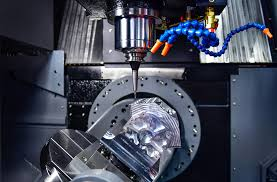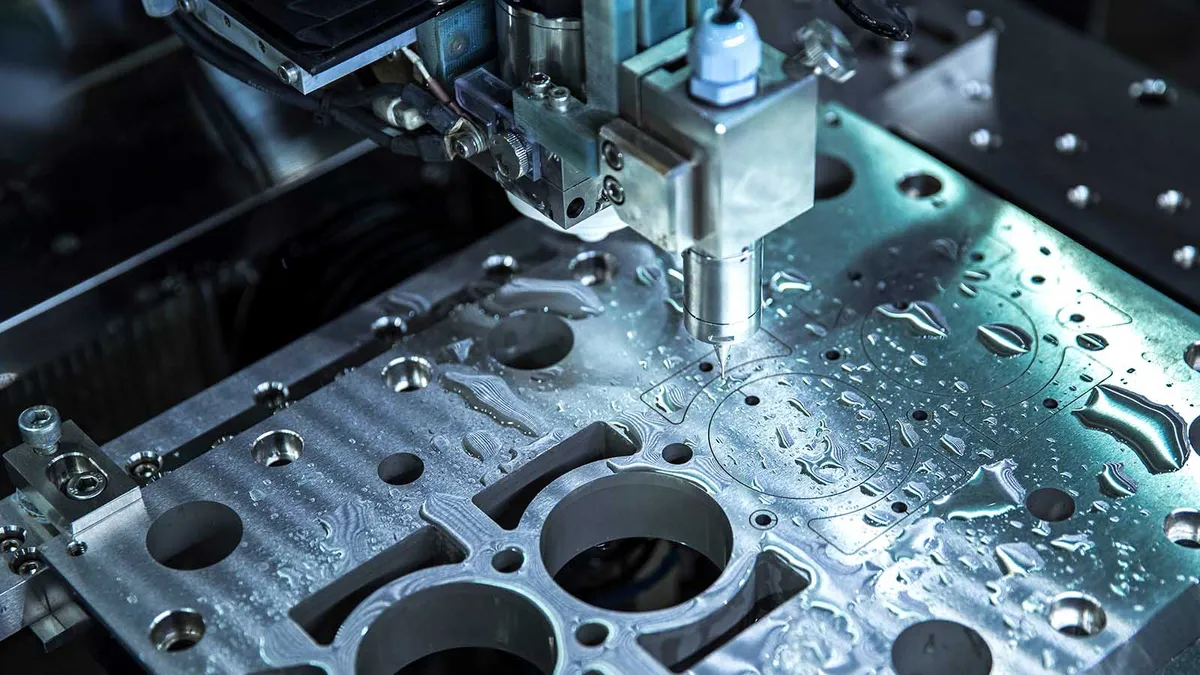CNC (Computer Numerical Control) machining is a manufacturing process that uses computerised controls to operate and manipulate machine tools. This automated method allows for the precise fabrication of complex parts and components with tight tolerances. If you’re new to CNC machining, here’s a beginner’s guide to help you understand the basics.
How CNC Machining Works
In CNC machining, a computer program is used to control the movement of the machine tool. The program contains a set of instructions, called G-code, which directs the tool’s movements along multiple axes. The machine tool, such as a mill, lathe or router, follows these instructions to cut, shape, or drill the workpiece material.
The CNC machine operates based on a digital 3D model of the part, created using CAD (Computer-Aided Design) software. The CAD model is then converted into G-code using CAM (Computer-Aided Manufacturing) software. This code is loaded into the CNC machine’s controller, which executes the program and guides the tool through the machining process.
Common CNC Machining Operations
According to How Stuff Works,CNC machining encompasses a wide range of operations, each using different tools and techniques to shape the workpiece. Below, are some common CNC machining operations:
Milling
A rotating cutting tool removes material from the workpiece to create features like slots, pockets or contours.
Turning
the workpiece is rotated against a stationary cutting tool to produce cylindrical parts with precise diameters and profiles.
Drilling
A drill bit is used to create round holes in the workpiece at specified locations and depths.
If you want information on Roscamat tapping machines, a fabrication machinery specialist such as /www.cotswold-machinery-sales.co.uk/roscamat-tapping-machines/ can give help and advice.
Materials and Applications
CNC machining can be used to process a wide variety of materials, including metals, plastics, composites and wood. Some common materials include aluminium, stainless steel, titanium, acrylic, nylon and fibreglass.
The precision and repeatability of CNC machining make it suitable for applications across many industries. It is widely used in aerospace, automotive, medical device manufacturing, electronics and consumer products. CNC machined parts can range from simple brackets and housings to complex engine components and surgical implants.





